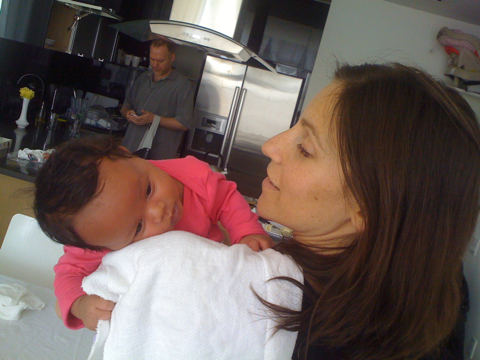Due to boring circumstances beyond my control, I will not be online much in February. Fortunately I’ve been able to line up a number of stellar guests to fill in for me. Most are writers, but I also thought it would be fun to get some publishing types to explain what it is they do, teach you some more about the industry, and answer your questions, as well as one or two bloggers.
Zetta Elliott’s A Wish After Midnight was one of my favourite YA novels of 2009. I still can’t believe no mainstream publisher picked it up and I am hoping the book’s re-realease by Amazon will get this wonderful book into many more hands. Zetta’s blog is also a must read. (And not just because it’s named for the great Octavia Butler’s last published novel.)
– – –
Zetta Elliott is a Brooklyn-based writer and educator. She is the author of the award-winning picture book, Bird (Lee & Low); her self-published young adult novel, A Wish After Midnight, was re-released by AmazonEncore in February 2010.
Some Preliminary Thoughts on Race and Reviews
I had insomnia last night and so for hours I lay awake wondering if I should stop writing reviews for my blog. I am an author, so I’m under no real obligation to review other people’s work. Generally I only write about books that I love, and have thus far refused occasional requests from authors who hope I’ll feature them on my blog. Trouble is, even though I was trained to “lead with what I like,” I do often mention the limitations I found in a book. And apparently, for some, this breaks an unspoken rule in the kidlit blogging community: never critique another author’s book. I have some friends who won’t write a review at all unless they can honestly admit they loved the book. Others insist that books by fellow authors must be praised (whether they deserve it or not) in order to preserve professional solidarity (and sales). And then, of course, there is the expectation that when the time comes, your book will be reviewed with equal enthusiasm, so “do unto others”—or else!
I’m new to this particular community and I only follow about a dozen blogs, so maybe I’ve got this wrong. But when I look at some reviews in the kidlit blogosphere I sometimes find a curious lack of rigor. To critique a book doesn’t mean you rip it to shreds. You start with its strengths and then move on to its flaws or areas that could use improvement. And, of course, as a reviewer you are only giving your opinion. So why not be honest about how you feel? Well, because there is a serious power imbalance in the children’s publishing industry, and publicly pointing out weaknesses in a book is, for some of us, like openly criticizing the President.
Right now I’m reading The Breakthrough by Gwen Ifill, and I’m struck by the similarities between the arena of politics and the arena of publishing. Both have unspoken codes of conduct, and there can be serious consequences when you go against the grain or dare to suggest a new paradigm. Both arenas also require people of color to navigate a sea of shifting alliances. Now, I am in no way comparing myself to President Obama (and he’s not the only black politician featured in Ifill’s book), but I think it’s interesting to consider the strengths and limitations of “groupthink” in the 21st century. Do black people owe this particular president their unconditional devotion? Do critiques of the President’s policies strengthen his administration, or bolster the opposition (which has done nothing to distance itself from far-right racists)? Ifill points out that candidate Obama walked a fine line when it came to the issue of race; he couldn’t win the confidence of white voters (and the election itself) by presenting himself as a black man—instead he needed to be viewed as a man who happened to be black. Candidate Obama had to assure white voters that he was neither angry nor bitter about the nation’s history of racial oppression, and no mention was ever made of the unearned advantages that come with being white. Fortunately, I’m not running for political office. And I assure you that at times I am angry and bitter, and I must insist that we talk about white privilege.
The practice of never criticizing another author’s book has particular ramifications for people of color. Since we are already marginalized as authors and seriously underrepresented on editorial boards, a negative review can be devastating—especially if that review comes from another person of color. This is due, in part, to complicated notions of authenticity. Many people (of all races) believe that being black automatically makes you an expert on all things relating to black history, culture, politics, etc. When a black author writes a book that features black characters, there is often an assumption that the story is “authentic” due to the author’s inherent, intuitive understanding of her subject. The same is not true when a white author chooses to write about people of color. Then the assumption is that the author completed exhaustive research in order to “capture the essence” of her black characters. There is one such book out right now that has been getting rave reviews from white bloggers, yet two of my black blogger friends think it’s one of the worst books they’ve ever read. A third black blogger quite enjoyed it. So who’s right? Or, more importantly, whose opinion carries the most weight?
I must confess that lately, the only white-authored books I read are those about people of color. I sometimes feel obligated to read these books in order to ascertain whether or not black people are being misrepresented by white authors who mean well, but don’t really have a clue. I generally expect white authors to get it wrong, but sometimes they do surprise me (Liar would be one example; Octavian Nothing Vol. 1 is another) so it’s important to keep an open mind. Mostly I just wish white authors would leave people of color alone. I appreciate their desire to be inclusive, but statistics compiled by the Cooperative Children’s Book Center show that there are more books about African Americans than by African Americans. This brings to mind a documentary I saw on PBS not too long ago about the white anthropologist Melville Herskovits. His contribution to the understanding of black culture and identity formation was significant and lasting, but this white Jewish man became “the” expert on black people at the expense of qualified black scholars who lacked the same privilege and access to resources. That said, I can imagine how desolate my childhood might have been without the picture books of Ezra Jack Keats. Yet it’s hard to fully appreciate the efforts of well-intending white authors when I know that authors from my own community are being shut out of the industry altogether. And, ultimately, being able to write about anyone from anywhere is a privilege reserved primarily for whites.
So what’s a black author to do? After a decade of rejection, I chose to self-publish some of my books. My young adult novel, A Wish After Midnight, is being re-released this month by AmazonEncore. As an immigrant and a mixed-race woman, I often confront challenges to my own authenticity. How could I possibly know what it’s like to be a dark-skinned teenage girl growing up in a low-income area of Brooklyn? When I was pitching my novel to editors and agents, I stressed my years of experience teaching black children throughout NYC; I mentioned that I had a PhD in American Studies and that my research was on representations of racial violence in African American literature. Does that make me an expert on all things black? No. Does it bother me that editors who are outside my community and ignorant of my cultural history get the final say on whether or not my work deserves to be published and/or reviewed? YES. Developing competence in a culture not your own takes time, patience, and humility. I suspect that most white editors have little to no training in Asian, Native American, Latino, or African American literature. They are unlikely, therefore, to situate a manuscript within those particular storytelling traditions. And without a sense of various cultural standards, they wrongly assume their particular standard for what constitutes a good story is “universal.” The same might be said of some professional reviewers and award committee members—a point made brilliantly by Percival Everett in his satirical novel, Erasure.
Of course, you don’t need a PhD to review a book on your blog. And I certainly don’t want to vindicate those timid bloggers who only review white-authored books because they feel they’re not “qualified” to review books by people of color. It’s ok to step outside your comfort zone, and there are lots of great bloggers who can show you how it’s done—Jill over at Rhapsody in Books regularly provides historical and political context for the books she reviews. You can also check in with bloggers of color to see how their reception of a book might differ from yours. That doesn’t mean you can’t trust your own opinion—it means you can strengthen your own position by recognizing and engaging with other points of view.
I’m sorry to say I don’t really have a conclusion for this post. I want to be able to write openly and honestly about the books that I read, though this may not be advisable. I certainly don’t mean to sabotage other authors, and books I found to be flawed have gone on to win major awards so it’s not like my single opinion counts for much. I like to think I can accept fair critiques of my own work, and I feel that thoughtful, constructive critiques can enhance our ability to read, write, and review books. What I want most is excellence and equity in children’s literature, but I feel the current system and codes of conduct aren’t leading us in that direction. And I don’t believe that not talking about the problem will lead to a breakthrough . . .



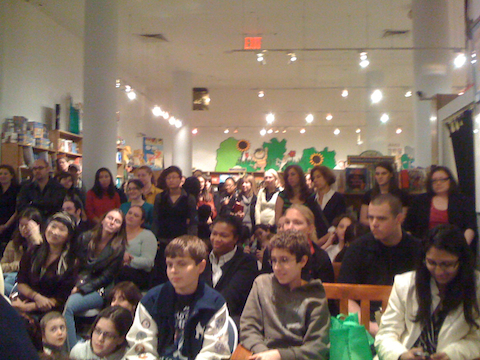
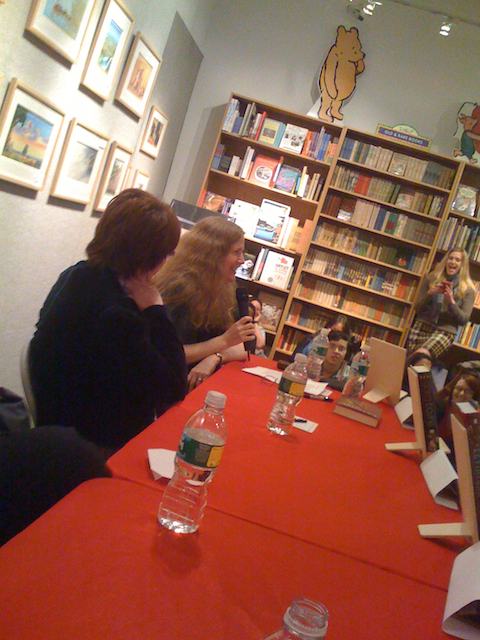
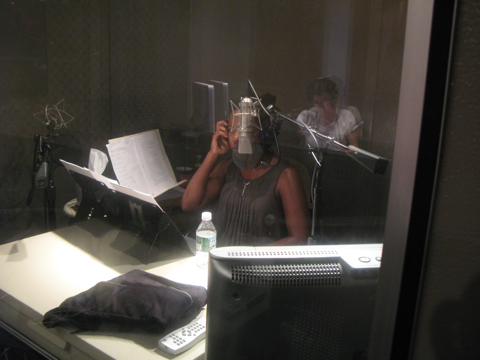

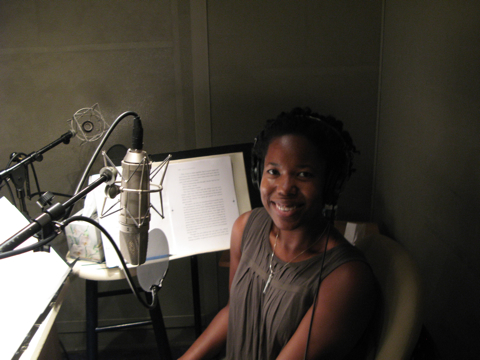
 In the last few weeks as people have started reading the US ARC of Liar they have
In the last few weeks as people have started reading the US ARC of Liar they have 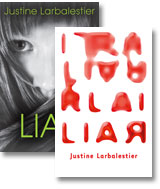 As it happens I was consulted by Bloomsbury and let them know that I wanted a cover like the
As it happens I was consulted by Bloomsbury and let them know that I wanted a cover like the 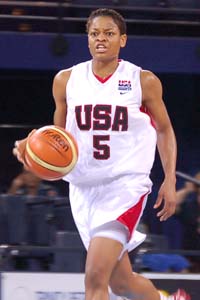 I never wanted a girl’s face on the cover. Micah’s identity is unstable. She spends the book telling different version of herself. I wanted readers to be free to imagine her as they wanted. I have always imagined her looking quite a bit like Alana Beard,
I never wanted a girl’s face on the cover. Micah’s identity is unstable. She spends the book telling different version of herself. I wanted readers to be free to imagine her as they wanted. I have always imagined her looking quite a bit like Alana Beard,